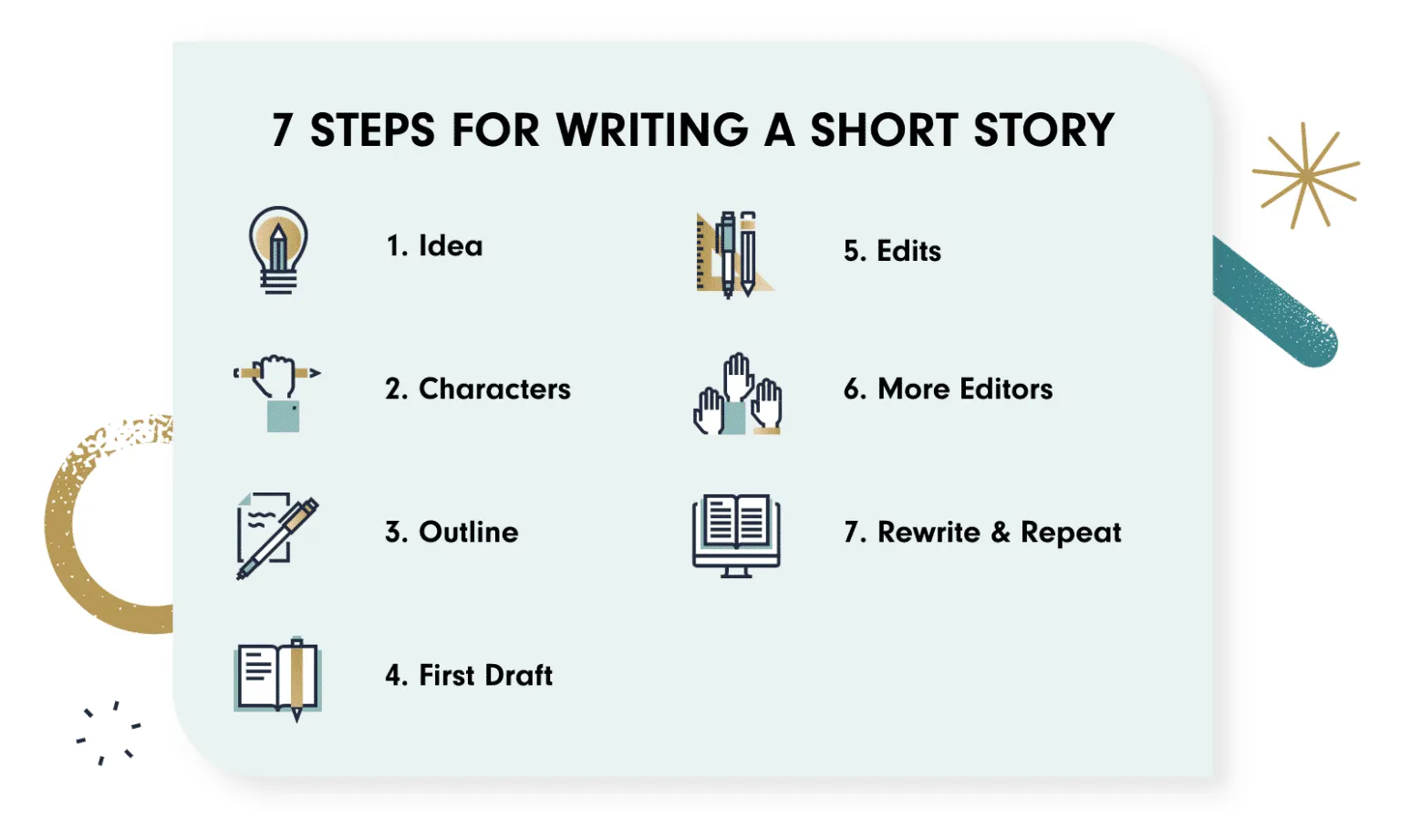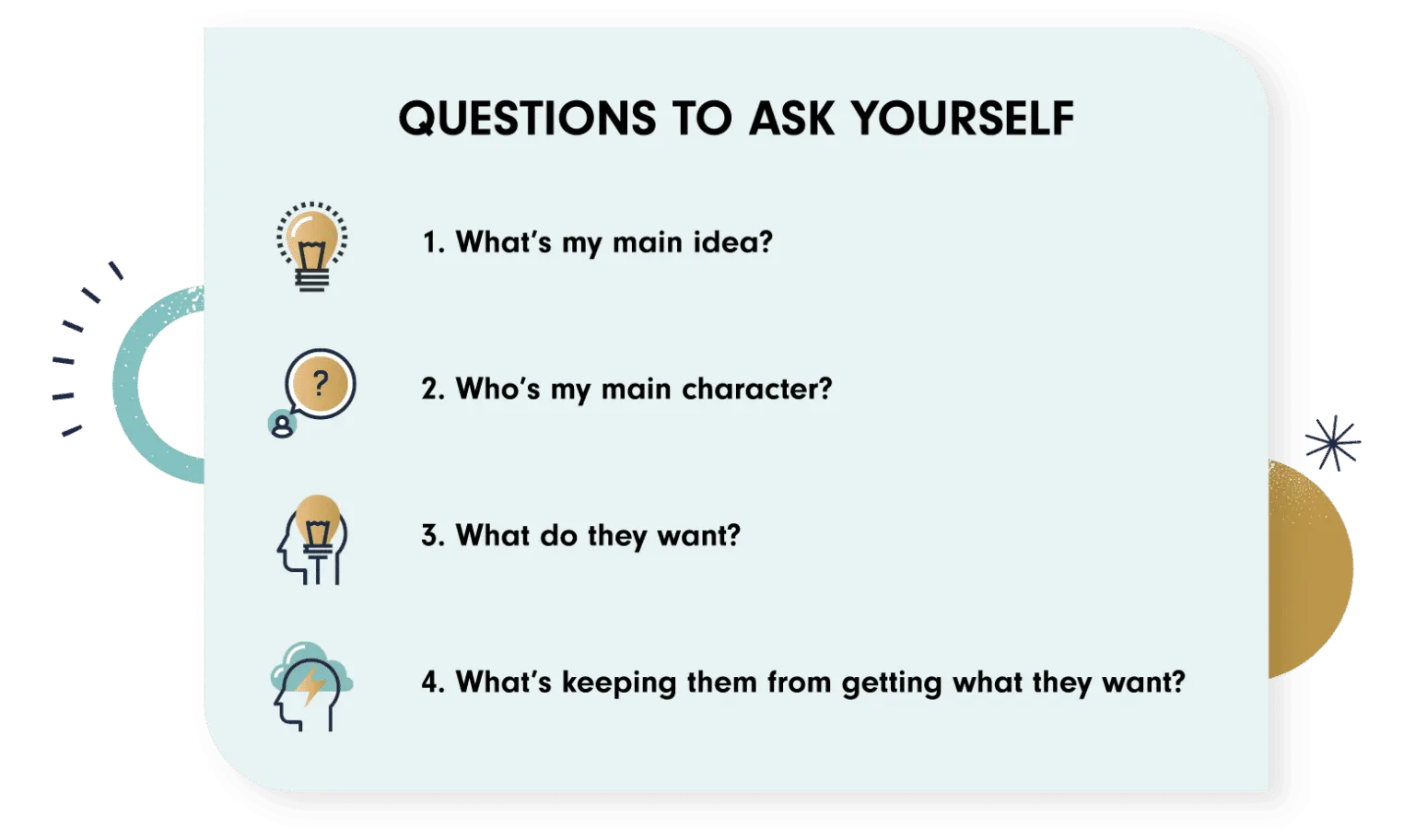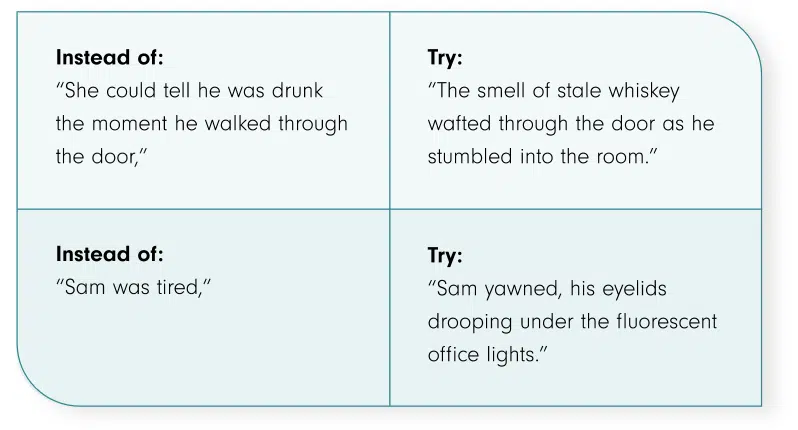

The Complete Guide to Writing Short Stories

Table of Contents
- What Is a Short Story?
- How to Write a Short Story, Step by Step
- Tips for How to Write Great Short Stories
- Getting Your Short Story Published
- Getting Started as a Short Story Writer
Have you always wondered how your favorite writers work their magic? Do you have a story of your own brewing in your head but aren’t quite sure how to put it into words?
Anyone can write a short story, and now is your time to discover and hone your writing chops. This guide on how to write a good short story from top-tier publishing firm Book Publisher Online will help you get started in your journey to writing a short story that readers will adore.
What Is a Short Story?
The term “short story” refers to a self-contained piece of fiction that’s limited to 1,500–7,500 words. Pieces shorter than 1,500 words are referred to as flash fiction, while pieces longer than 7,500 words are considered novellas.
Short stories can fall into any fiction genre. Some of the most popular genres of short story writing include:
- Literary fiction
- Romance
- Science fiction
- Fantasy
- Horror
- Mystery
- Crime
- Children’s fiction
- Young adult
Additionally, short stories can include characters, a world, etc., with another novel; however, your short story needs to be contained and able to be understood as a standalone work.
You may choose a genre from this list — or merely use these examples to gain inspiration — but if you haven’t picked a genre for your piece yet, don’t despair. Sometimes, you just need to pick up the pen and get started. Focus on your story, and a category will follow.
How to Write a Short Story,
Step by Step
It may seem that writing a short story comes all too easily to your favorite authors. They feel a muse and out pours a magnificent short story with complex characters and incredible action.
This, however, is rarely how it works. When it comes to how to write a short story, compelling stories can only come together with strong imagination, hard work, and a bit of study. That’s why we’ve compiled a simple but comprehensive guide to short story writing, so you can jump into this miraculous and creative world, no matter your level of knowledge or experience.

Step
Develop Your Idea
The first step to writing a short story is coming up with a stellar idea. In fact, this may be the only step you’ve confidently accomplished so far. If you have a vague idea of what you’d like your short story to be about, you can absolutely use that as a jumping-off point. For maximum success, however, you’ll want to develop the idea a little more before you really get going.
Regardless of its genre and subject, every story should have three parts: a beginning, a middle, and an end. “A man gets a concussion and wakes up in the year 1652” isn’t a story but an idea with potential. It just needs conflict and narrative.
“A man wakes up in 1652 and has to figure out how to get home” is an even better idea, but it needs a bit more TLC before it looks and sounds like a short story. Until you craft a narrative to flesh out your idea, there will be nowhere for your story and characters to go. When creating a narrative, ask yourself the following two questions:
What’s at stake?
Perhaps the man yearns to return to his own time so badly because his wife is having a baby.
What’s in your character’s way?
The protagonist of your short story must overcome obstacles to meet their goal — both for the story’s development and the character’s. Such conflict can be internal (an emotional or mental roadblock for the character), external (an outside force preventing him from action), or both. A mixture of the two conflict types can make for interesting reading. With the limited space of a short story, you may want to keep the conflict quite small-scale, creating a compelling “vignette” — or snapshot — into a moment in the character’s life.
If you choose to write a novel later on, you’ll be able to create more large-scale conflict, with intricacies and details you can explore over many pages and chapters. When writing a short story, however, too many layers, characters, scene changes, and more can become confusing and impossible to contain. A good rule of thumb for short story writing is to aim for no more than five or six short scenes. You can even use less — maybe even a single scene — if your story is developed well enough.

Step
Develop Your Main Characters
A great short story has a hero you can understand, get to know, and watch progress, even in such a short time. Developing your protagonist well will pay off in the long run, as they’ll give your short story depth and power. Let’s recall our time-traveling friend from Step 1; he’ll need to become a three-dimensional person rather than merely a name on a page.
It’s time to flesh out your character and likely come up with far more information than you’ll explicitly tell within your story. What makes your character who they are? What’s brought them to this point? They’ll need the following:
Step
Outline the Story
Step
Write the First Draft
- Start writing with the end in mind.
- Make the ending strong.
- Learn (by research, trial, and error) how to write dialogue in a short story for your unique characters.
- Don’t worry about how to write a good short story by making it perfect, second-guess yourself, or make edits yet.
- Resist the urge to re-read what you’ve written. If this is a tough temptation, try covering your screen or hand-writing this draft.

Step
Write Your Story
Once you have your story organized, start writing. The introduction to your memoir might flow easily at first, but many writers hit a roadblock when diving into the meat of the narrative. Don’t let this discourage you — stay confident in your story and crystal clear about the messages you want to convey.
You also don’t have to start at the beginning of your memoir. If you want to start with chapter four because it’s where you write about a life-changing moment, go for it. You have your outline to keep you on track, so trust it. This is the time to dive deeply into your story and make it as compelling as possible.
Here are some additional tips for writing a memoir that your audience will love.
Write Like a Novelist
The purpose of a memoir is very different from a novel. However, adopting a novelist’s approach can breathe life into your story. Novels engage people because they paint detailed pictures. You want readers to connect to your memoir in the same way. So, write it like fiction.
Most importantly, flesh out your “characters” — yes, they’re real people, but the reader doesn’t know them yet. Bring them to life and show the reader their mannerisms, appearance, and way of speaking.
The more vivid you are, the more readers will connect to the people in your story.
Step
Get a Second (and Maybe Third) Opinion
No matter how prolific or talented an editor you are, the truth is that you can never be fully objective when it comes to your own work. After writing a short story and completing the aforementioned editing rounds, pass your draft off to a friend with little writing or editing know-how. Make sure they’re someone you can trust to offer constructive criticism and ask them to give you detailed feedback. Be open to what they say, and although you don’t have to implement every little edit they make, chances are other readers will feel the same way they do.

Step
Rewrite and Repeat
After you and a friend have scoured and edited your short story, it’s time to head back in and write your second draft. Most authors choose to write the whole thing out a second time, copying and pasting sections that didn’t need improvement and rewriting the ones that did from scratch.
After you’ve finished your second draft, repeat the editing steps from Steps 5 and 6. Repeat as often as necessary. Writing and editing can be tedious processes, but remember that each draft and round of edits is helping to make you a better writer.

Tips for How to Write Great Short Stories
The key to writing a great short story is to fill your short space with engaging content from beginning to end. Though reading your story will be a brief experience, you want to leave your readers wondering, “What else does this author have to say?” Read on for tips on how to write a compelling short story, one that draws readers in and keeps them hooked ‘til the end.
Start in the Thick of the Action
With a limited word count, you don’t have the time to indulge in “how we got here.” Think of your story as a mountain for your reader to climb. Its climax is the mountain’s peak, and its rising action is the uphill slope that leads there. A long novel has the time to start a good distance back from the mountain and spend a few miles walking the reader through the status quo (what normal life is like for your character). When writing a short story, however, it’s best to start your story in the thick of the action or on the uphill slope.
Examine the outline you created in Step 3 of your short story writing, specifically, the incidents leading toward your story’s climax. Begin with the first exciting event, and begin your story there. A good short story will throw your reader directly into the action.
Raise the Stakes
A short story should be digestible in one sitting. You need to write a story so engaging your readers won’t be able to put it down because they’re so invested in your characters and what happens next. Raise the stakes and make your character’s situations more critical so you can keep your readers hooked.
Show, Don’t Tell
In fiction writing, your goal is to paint a picture for the reader. The golden rule of fiction writing is to “show, not tell,” meaning that you resist the urge to describe what’s going on in literal terms. Writers who have mastered this rule create a movie in their readers’ heads and immerse them even deeper in the story. Here are a couple of examples:

Read Great Short Stories
If you want to know how to write a good short story, you need to read them! The best writers are well-read themselves. The more short stories you read and the more wisdom you gain from great authors, the better you’ll get at creating your own.

Getting Your Short Story Published
Now that we know all about how to write short stories, it’s time to figure out how to get a short story published. With the advent of modern publishing practices, it’s easier than ever to become a published author. As with regular novels, there are two ways to go about publishing short stories and sharing them with the world: pursuing traditional publication or taking the reins and publishing yourself. Read on to discover more about how to publish short stories.
Submit to Journals and Anthologies
Traditionally, authors have published their short stories through journals and anthologies. This continues to be the conventional method of short story publishing. Hundreds of literary journals and short story anthologies continually accept submissions. Some seek stories that center on a particular theme or genre, but others are open to any kind of short story.
If this is your first time publishing short stories, you’ll have the most luck finding a publication through a directory. Well-known publication directories include:
- Duotrope.com
- Submittable.com
- Poets and Writers
- Writer’s Market
In addition, if you have a favorite journal or magazine, many will accept direct contacts.
Now is a great time to start familiarizing yourself with different publications. Finding some in your genre and reading their issues is a great way to scope out what kinds of stories they like to publish. When you find a journal that’s a good fit, look through their submission guidelines and accepted formats. Some journals only accept pieces at certain times of the year.
When you venture into the world of publishing short stories, you’ll need to get comfortable with rejection. Most reputable journals reject far more pieces than they publish, and that’s not personal. Don’t get discouraged; even accomplished writers will sometimes have their stories rejected upward of 20 times before they’re published. Keep moving forward; it’ll happen for you!
If you want to get your stories to the world as simply and efficiently as possible, self-publishing with a company like BPO is your ticket to success.
Publish to a Platform
The digital age has made publishing more accessible than ever before. With online platforms, authors don’t need to worry about application processes. User forums and comment sections allow for great feedback and can be an excellent avenue for refining your story, whether or not traditional publication is your goal. Some of the most active online publishing platforms include:
- Wattpad
- Booksie
- Inkitt
- Medium (better known for the business genre but has a thriving short story category)
You may also consider starting a blog to publish your short stories. However, you’ll need to drum up readership and promote your blog to get eyes on your story.
Self-Publish a Short Story Collection
If you’ve got a portfolio of short stories burning a hole in your hard drive, you might consider self-publishing a print collection of your stories. You can stick to your own work or collaborate with other writer friends. This option allows you to share your short stories with the world and step into the exciting world of book publishing. When you work with a top self-publishing company like Book Publisher Online, you can enjoy services such as:
- Professional book editing
- Cover design
- Layout and formatting
- Paperback or hardcover printing
- Marketing services
The talented editors and designers at BPO know the industry inside and out. They’re excited and prepared to help you present your work in its best light.

Getting Started as a Short
Story Writer
We hope you’ve enjoyed and learned from this comprehensive guide to short story writing and how to get a short story published. Are you ready to embark on your journey as a short story author?
Before you’re ready to publish with Book Publisher Online and start designing your book’s covers, you’ll need stories to fill those covers and share them with the world. Grab a notebook and pen, or create a document on your computer and start developing ideas for writing a short story. If writer’s block is a scourge to your process, search “short story prompts” and play around with the ones that inspire you.
At Book Publisher Online, we enjoy the publishing process; however, writing is the fun part. Enjoy the process as you become the best writer you can be. When you’re ready to share your hard work, reach out to BPO; we’ll help you shine a light on your ingenious musings and compelling stories.





